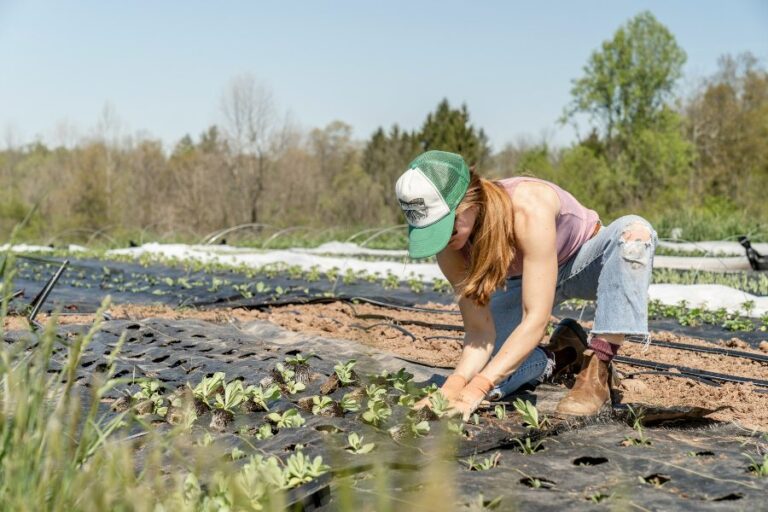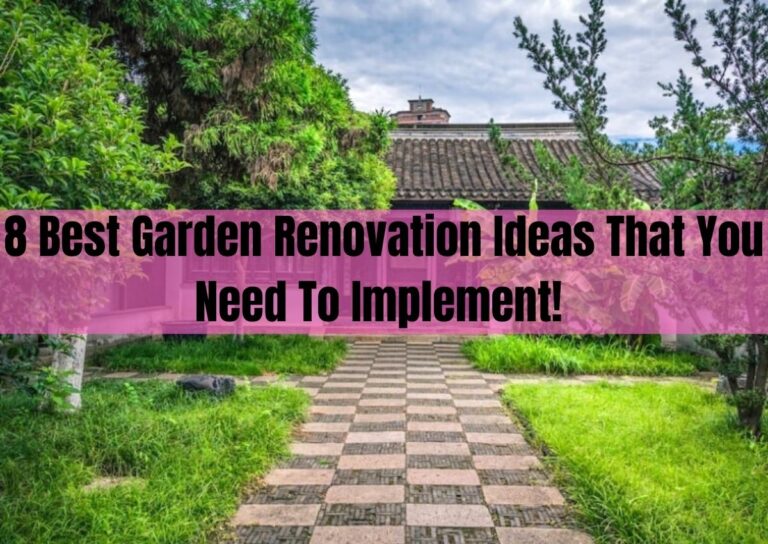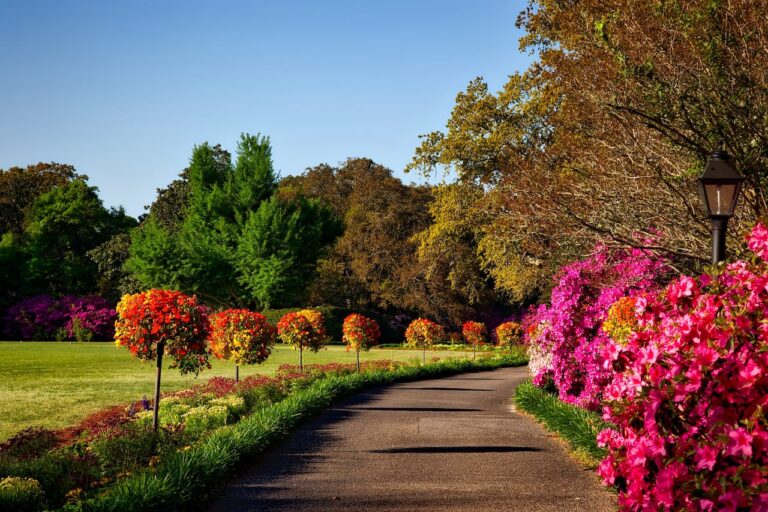Gardening is not just a pastime; it’s an art form that transforms spaces and enriches lives. Whether you’re a seasoned gardener or a green-thumbed newbie, the allure of a perfectly landscaped garden is universal.
But achieving that picture-perfect garden design can be a daunting task, especially when it comes to planting and layout planning.
Fortunately, innovative techniques and tools are making it easier than ever to plant and design a beautiful home garden. This guide explores these revolutionary methods, focusing on how they simplify planting and help create flawless landscape designs.
The Evolution of Gardening Techniques
Gardening has come a long way from the traditional dig-and-plant methods. Modern gardeners have access to a range of tools and technologies designed to ease the workload and increase the enjoyment of creating and maintaining a garden.
The Role of Auger Drilling in Modern Gardening
One significant advancement in gardening technology is the use of auger drilling. This method involves using a powered tool to drill into the earth, creating perfectly sized holes for planting without the intense labor of manual digging.
Auger drilling can be a game-changer, especially for projects requiring the planting of multiple plants or for working in tough soil conditions.
Planning Your Garden Layout
The first step to creating a beautiful garden is planning your layout. A well-thought-out design not only enhances the aesthetic appeal of your space but also ensures that plants receive their required sunlight, water, and soil conditions.
Use of Garden Design Software
Modern gardeners can take advantage of various garden design software tools that allow you to visualize your garden before you even begin planting.
These programs let you layout your space, experiment with different plants, and even see how your garden will look in different seasons.
Incorporating Paths and Walkways
Paths and walkways are essential in garden designs, not only for accessibility but also to add charm and structure to the landscaping. Materials like gravel, stepping stones, or decorative bricks can define pathways while complementing the natural beauty of your garden.
Choosing the Right Plants
Selecting the right plants is crucial for any garden. It’s important to consider the climate, soil type, and the amount of sunlight each part of your garden receives.
Native Plants
Using native plants in your landscaping is beneficial for several reasons. They’re adapted to the local climate and soil, which makes them easier to maintain, and they provide a habitat for local wildlife such as birds and pollinators.
Seasonal Blooms
To ensure your garden remains vibrant throughout the year, incorporate plants that bloom at different times of the season. This strategy keeps your garden colorful and lively across all seasons.
Innovative Planting Techniques
With the layout planned and the right plants selected, the next step is the actual planting. Innovative techniques can streamline this process and ensure your plants get the best start.
Strategic Mulching
Mulching is not just about making the garden look tidy. It helps retain soil moisture, suppress weeds, and improve soil quality. Organic mulches like bark or straw can also add nutrients back into the soil as they decompose.
Drip Irrigation Systems
Installing a drip irrigation system is an efficient watering solution that conserves water and directs moisture directly to the root zone of each plant.
This system is especially beneficial in areas with water usage restrictions and for gardeners seeking to reduce their environmental impact.
Raised Beds and Vertical Gardening
For those with limited space, raised beds and vertical gardening can be a perfect solution. Raised beds can help improve soil conditions and drainage, making them ideal for vegetable gardens.
Vertical gardening, on the other hand, utilizes trellises, wall planters, and even hanging baskets to maximize space and add visual interest.
Maintaining Your Garden
A beautiful garden requires ongoing maintenance. Here are some tips to keep your garden looking its best:
Regular Pruning
Regular pruning not only helps keep plants looking neat but also encourages healthy growth and flowering. It’s important to learn the specific pruning needs of each plant in your garden.
Pest and Disease Management
Keeping an eye out for signs of pests and diseases is key to maintaining a healthy garden. Natural remedies, such as neem oil or insecticidal soaps, can treat many common garden pests and diseases without harming the environment.
Seasonal Adjustments
Gardens are living entities that change with the seasons. Adjust your care routine based on seasonal needs—such as aerating the lawn in spring or adding protective mulch before winter.
A Blend of Art and Technique
Creating and maintaining a perfect home garden is a blend of art and technique. With modern tools and innovative methods like auger drilling, the physical labor of gardening becomes less daunting, allowing more time to enjoy the creative aspects of garden design.
Whether you’re revamping a current garden or starting from scratch, these tips can help you achieve a landscape that not only looks spectacular but is also sustainable and fulfilling to tend. Embrace these advancements and watch as your garden transforms into a haven of beauty and tranquility.






